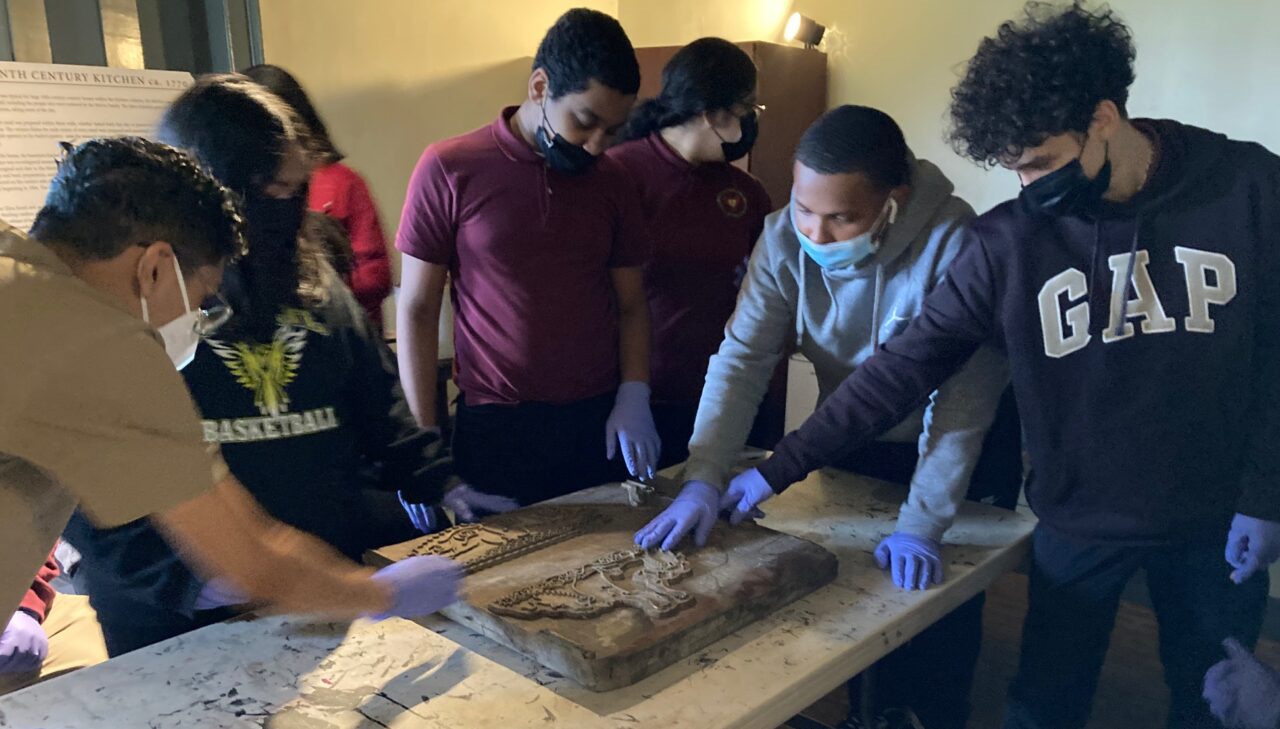NYS Social Studies Standards
4.4d New Yorkers have rights and freedoms that are guaranteed in the United States Constitution, in the New York State Constitution, and by state laws.
4.5 IN SEARCH OF FREEDOM AND A CALL FOR CHANGE: Different groups of people did not have equal rights and freedoms. People worked to bring about change. The struggle for rights and freedoms was one factor in the division of the United States that resulted in the Civil War.
4.7 IMMIGRATION AND MIGRATION FROM THE EARLY 1800S TO THE PRESENT: Many people have immigrated and migrated to New York State contributing to its cultural growth and development.
NYC Civics for All Standards
5W4: Create a poem, story, play, art work, or other response to a text, author, theme, or personal experience.
9-12 SL 1: Initiate and participate effectively in a range of collaborative discussions with diverse partners on complex topics, texts, and issues; express ideas clearly and persuasively, and build on those of others.
9-12 WHST 4: Write responses to texts and to events (past and present), ideas, and theories that include personal, cultural, and thematic connections.
11-12 RH 7: Integrate and evaluate multiple sources of information presented in diverse formats and media (e.g., visually, quantitatively, as well as in words) in order to address a question or solve a problem.
